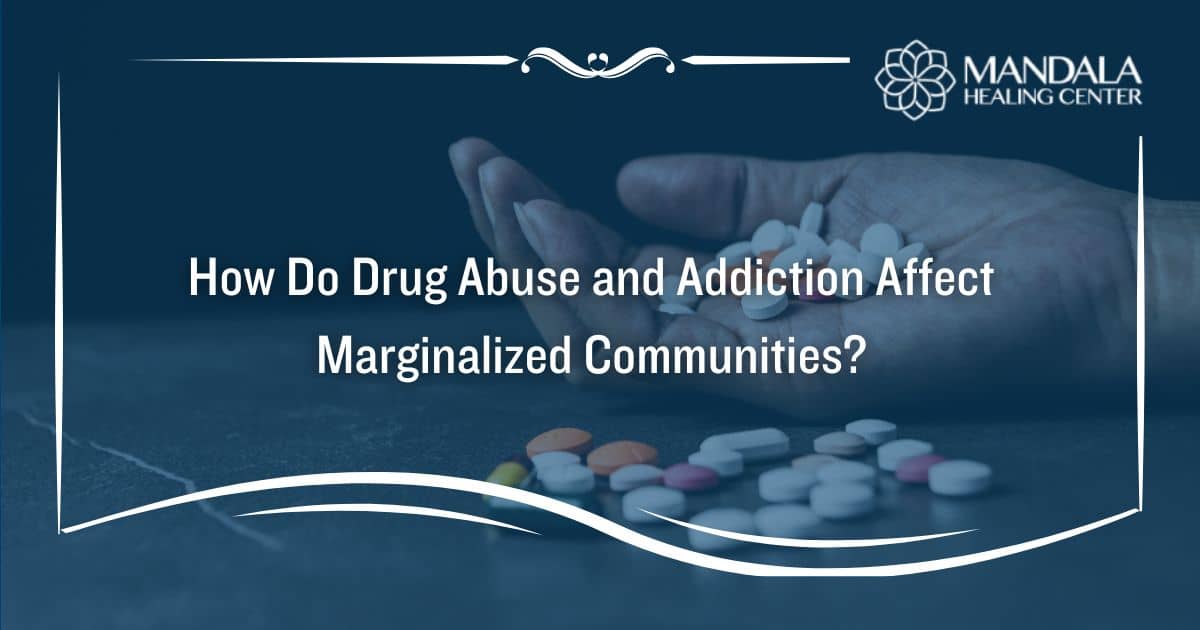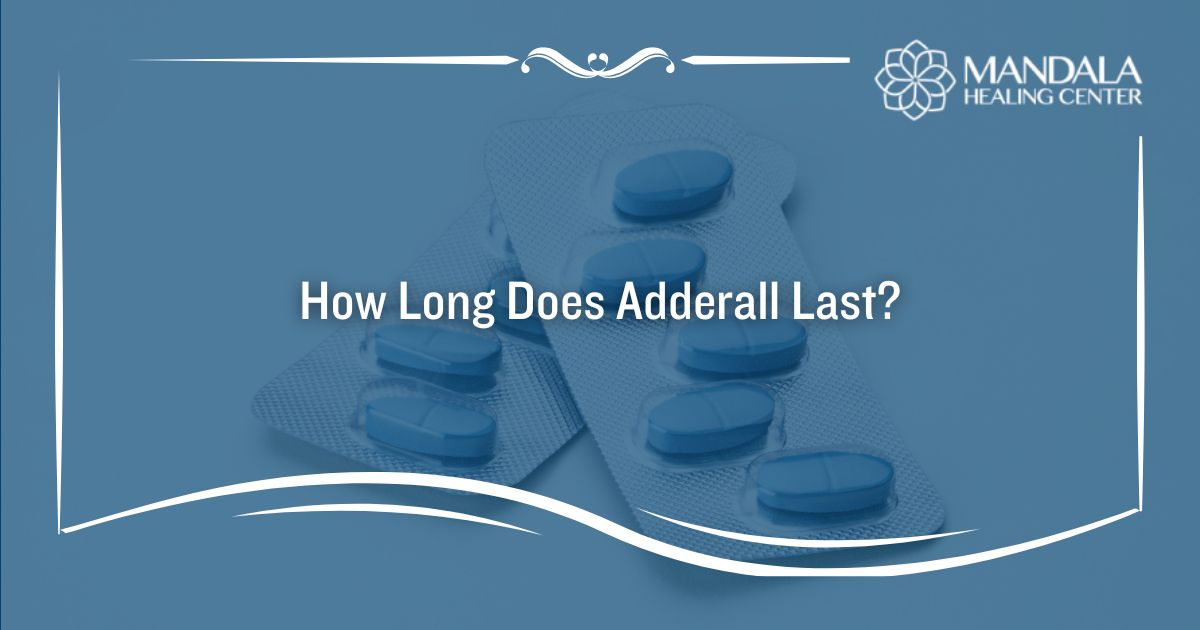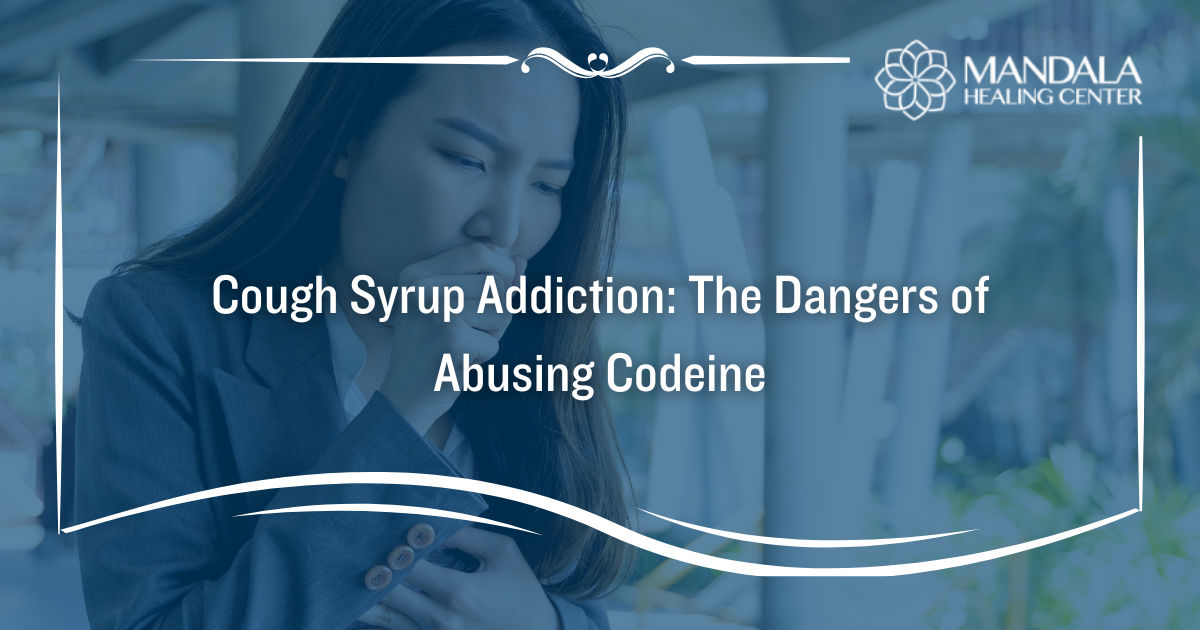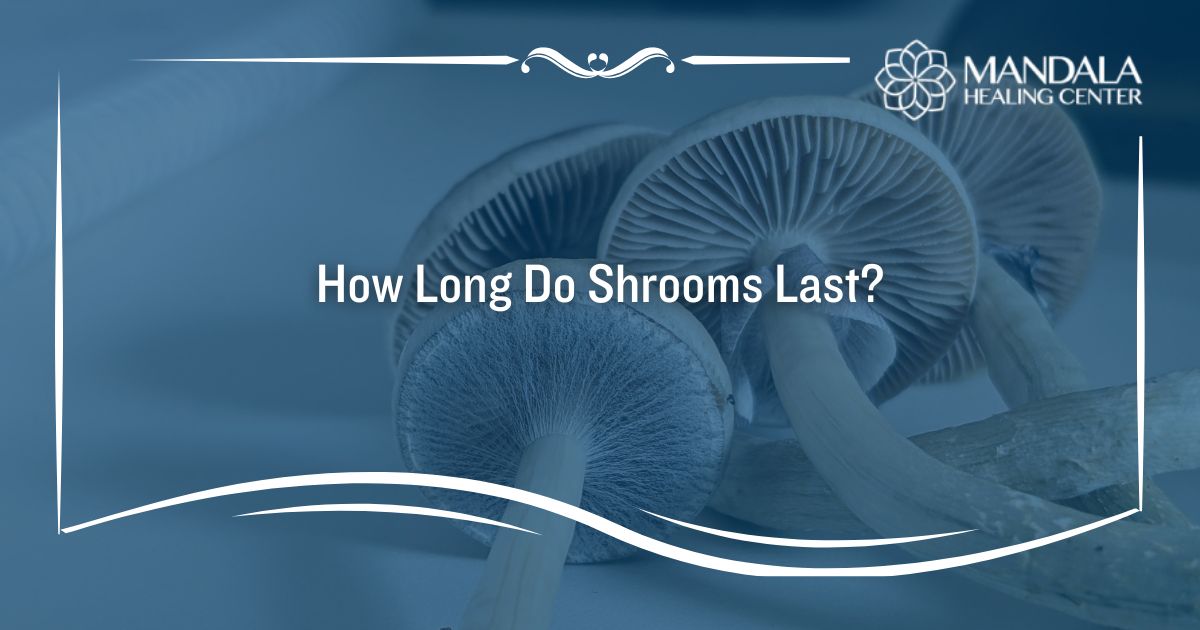Drug abuse and addiction can harm a person’s mental and physical health and cause widespread harm to entire communities. Some marginalized communities face higher rates of substance abuse and many challenges in getting the help they need to overcome addiction.
This article will explore the barriers marginalized communities face when it comes to getting addiction treatment and some of the reasons they have higher rates of drug abuse. For more information, reach out to the staff at the Mandala Healing Center.
What is a Marginalized Community?
Marginalization is another way to say that certain groups are excluded from society. A group is marginalized when people in that group don’t have access to some institutions and opportunities in society. Marginalization can occur because of:
- Gender
- Disability status
- Socioeconomic level
- Age
- Sexual orientation
- Ethnicity
People in marginalized groups face many disadvantages related to getting a good education, healthcare, and employment. These factors play a significant role in a person’s quality of life and the power they have to make choices about their life.
Structural marginalization makes many aspects of living life more challenging for some groups while benefiting other groups. It also makes marginalized communities more vulnerable to drug abuse and addiction and prevents people in marginalized groups from having equal access to effective treatment and ongoing support in recovery.
What Kinds of Marginalization Exist?
Three types of marginalization occur in a society that limit people’s power and choices.
Economic marginalization
Economic marginalization prevents people from accumulating wealth or finding employment. An example of this is an employer who holds destructive stereotypes about racial minorities and does not hire people from this marginalized group.
Political marginalization
Laws and beliefs that prevent certain groups of people from voting or accessing their political representatives play a role in political marginalization.
Social marginalization
Social marginalization occurs when someone isn’t allowed to participate in social or leisure activities because they belong to a marginalized group.
How Does Drug Abuse and Addiction Affect Marginalized Communities?
Marginalization prevents people from gaining access to certain areas of society and limits their power in everyday life. Marginalized communities have been hit hard by drug abuse and addiction–especially opioid addiction and overdose.
But why do drug abuse and addiction affect marginalized communities differently? Addiction researchers have several ideas about why certain groups of people bear more of the burden of drug abuse and addiction.
Stress and trauma
Experiencing stress and trauma can increase the likelihood that a person will develop drug abuse and addiction. But why?
When someone has stress that overwhelms their ability to cope, they may be more likely to self-medicate with drugs and alcohol. People in marginalized groups often face economic and social stressors that affect them every day. Discrimination occurs at work, in medical and educational settings, and in everyday social interactions. People in marginalized communities may also lack access to mental health care or other support.
Treatment vs. incarceration
Research shows that people of color are more likely to be arrested for and diverted into the criminal justice system for drug-related crimes at higher rates than white Americans–even though white people and people of color have similar rates of illicit drug use.
People in marginalized communities may lack the financial resources and legal protection to prevent them from being incarcerated for drug-related crimes. As a result, people in marginalized groups are more likely to be incarcerated, while people who are not marginalized are more likely to go to rehab.
Lack of access to substance abuse treatment
People in marginalized communities face unique barriers to finding effective substance abuse treatment. They may be more likely to experience the criminalization of their drug use and face challenges when trying to get a substance abuse diagnosis.
Providers may treat people in marginalized groups differently even if they do find treatment. This may be reflected in people from marginalized communities having shorter inpatient stays, limited access to a full continuum of care, and limited treatment options for co-occurring mental health disorders.
What Can Be Done to Address Marginalization in Drug Abuse and Addiction?
It’s essential to address the disparities in drug abuse and addiction and make conscious choices to change systems to support people from marginalized communities. Treatment centers can begin to address some of these issues by making thoughtful changes, including:
- Hiring providers and staff from marginalized communities who can identify the needs of marginalized groups and develop effective treatment strategies
- Offering many traditional and holistic therapies during treatment
- Embracing a wide range of spiritual, religious, and cultural identities and incorporating these values into individualized treatment plans
- Widening access to specialized treatment options for people with limited income
- Ensuring access to translators and employing bilingual staff
People living with substance abuse and addiction often require long periods of treatment and ongoing support to have a complete recovery. Communities must provide accessible, inclusive support, including mental health and medical care, to all people.
Find Help Now
If you or a loved one requires treatment for substance abuse or addiction, reach out to the caring staff at the Mandala Healing Center. Our holistic treatment programs are accessible and inclusive to all. Don’t wait another day for the treatment you need and deserve. Help is just a call away.












